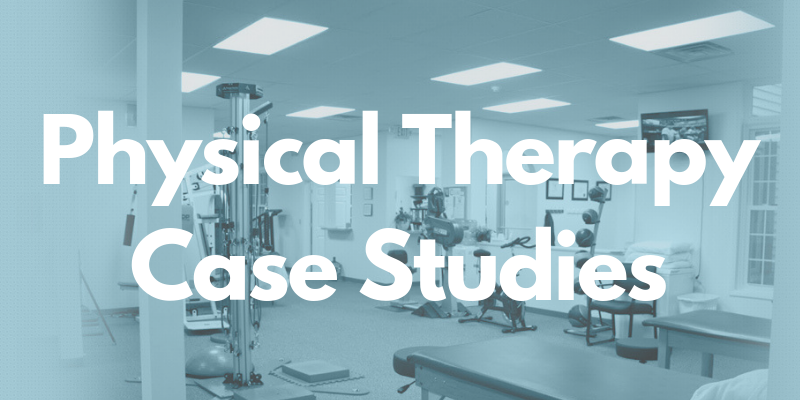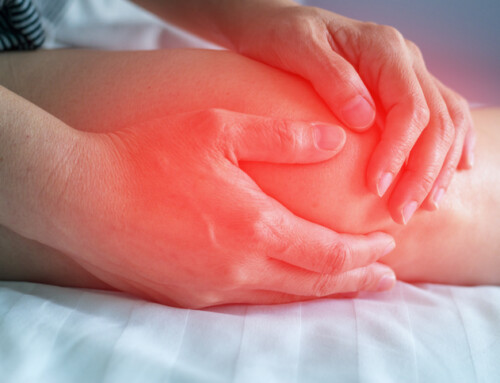By: Andrew J Gaetano, PT, DPT, OCS, NCS, CSCS
Patient History
A 39-year-old woman presented with complaints of progressive difficulty with left jaw and ear pain and difficulty opening her jaw which started over the course of time, but she thinks it was due to increase in stress in her life/grinding her teeth. She consulted with her dentist and was given a nighttime splint/mouth guard. When she continued to have symptoms, she went to her ENT who advised nothing was wrong with her ear and she was referred to physical therapy at CAPT.
Evaluation
At the patient’s first visit, the therapist took a detailed history of her problem, including questions that would rule out other medial problems that might require a referral. They talked about her current limitations which included opening her mouth wide enough to eat foods like apples, and how the pain would limit her ability to chew hard food like bagels. She had nagging pain generally throughout the day and kept her up at night.
Measurements were taken to establish a baseline of function, range of motion, and other neurologic testing. The therapist also assessed her neck movement and posture.
Treatment for Ear Pain from TMJ
Visit 1: A explanation of her symptoms were given, including how ear pain can be caused by problems with the jaw and how the neck can affect her jaw problem. Treatment at the patient’s initial evaluation included extensive education regarding ergonomic sitting posture with a focus on head and neck positioning, shoulder and upper back engagement. Education was also given to show the patient proper teeth, tongue and jaw resting position.
Manual techniques were implemented to improve the mobility of the upper part of the neck including soft tissue and joint stretching. Instrument assisted soft tissue mobilization was started to the muscles around the outside of the jaw. The patient was also educated in use of heat or ice.
Visit 2: The patient returned with mild improvements in jaw opening, but still ear pain. She was still self-limiting her chewing and being picky with the foods she would eat. The first treatment was repeated, and this time the therapist used two new techniques: mobilization to the jaw joint using the technique below:
Also, treatment included soft tissue mobilization to the internal jaw muscles (medial and lateral pterygoid muscles) using manual techniques with a glove. The patient noted immediate pressure relief and improved jaw opening. Repeated education was offered to improve posture, neck and jaw mobility as part of a home exercise program.
Visits 3-6 & Follow Up: Patient returned the next visit with 50% reduction in TMJ ear ache. Sessions continued to focus on improving neck and head motion, manual techniques to further normalize jaw opening, reduce soft tissue tension, and improve postural awareness. The last two visits were spread out over 1 month and at the last visit, the patient reported 95% reduction in symptoms and was able to chew whatever food she wanted to. She reported full return to her daily work and leisure activities without pain or limitations. She was consistent with her home program and was better able to acknowledge positions or postures that would negatively impact her symptoms.
At discharge, the therapist and patient discussed a plan going forward to prevent the problem from returning, and the patient would call only if her symptoms returned.
For more information on this physical therapy case study on TMJ jaw and ear pain, or to make an appointment for an evaluation or treatment, contact us at one of our two physical therapy clinics in Malta and Queensbury NY.






